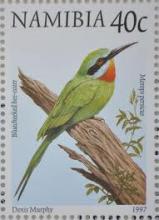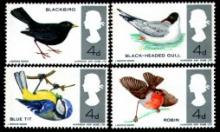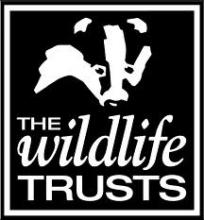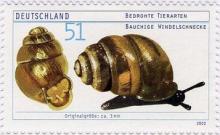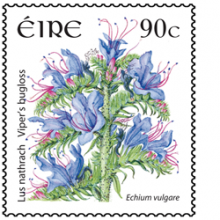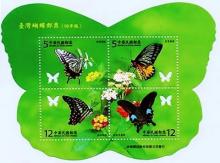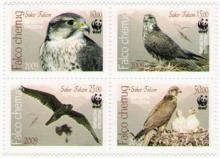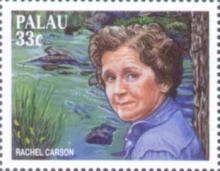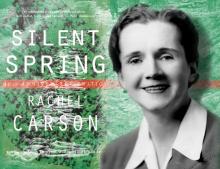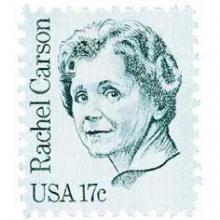Britain needs to think more about the birds and the bees
It was disheartening to read Caroline Davies's article about the decline in British birds (Report, 19 November) without any comment on the possible cause. The Dutch toxicologist Dr Henk Tennekes, author of The Systemic Insecticides: A Disaster in the Making, blames the use of neonicotinoid insecticides. These insecticides are put inside seeds and, being water soluble, permeate the whole plant, binding irreversibly to critical receptors in the central nervous systems of insects. Bees and butterflies collecting pollen or nectar from treated crops are poisoned, and neonicotinoids have been implicated in the mass die-off of bee populations. Germany has banned seed treatment with neonicotinoids after bee colonies suffered a severe decline linked to the use of the insecticide clothianidin. Neonicotinoids also leach from the soil into waterways and groundwater, affecting marine and bird life; they can remain in the soil for 20 years. Imidacloprid has caused major contamination of Dutch surface water since 2004. The Chinese are already having to pollinate crops by hand due to the demise of pollinating insects, of which 80% were bees. It maybe too late to reverse the decline in British birds but shouldn't we try by banning the use of these insecticides? More can be found by visiting smallbluemarble.org.uk.
Peter O'Donnell
East Molesey, Surrey

